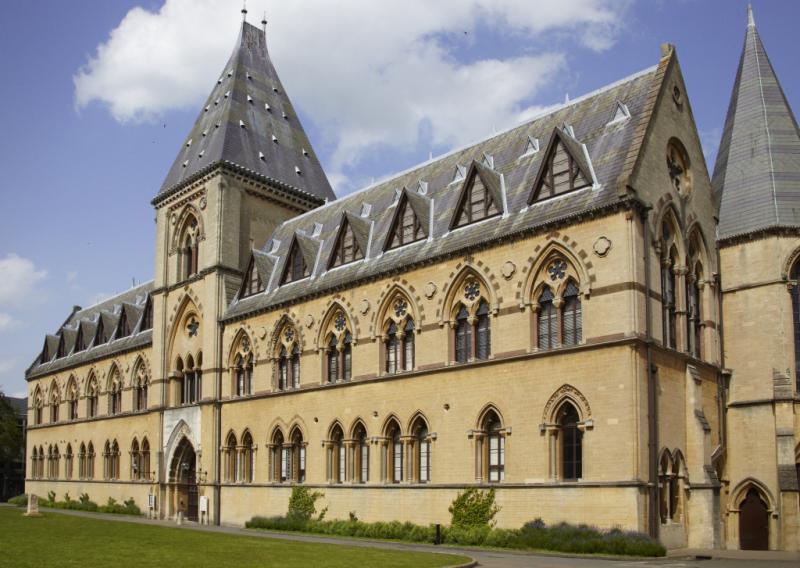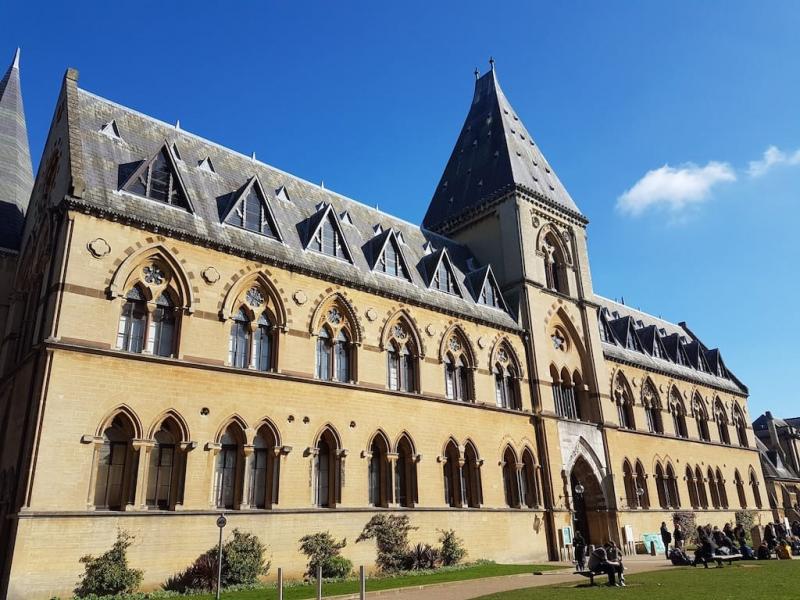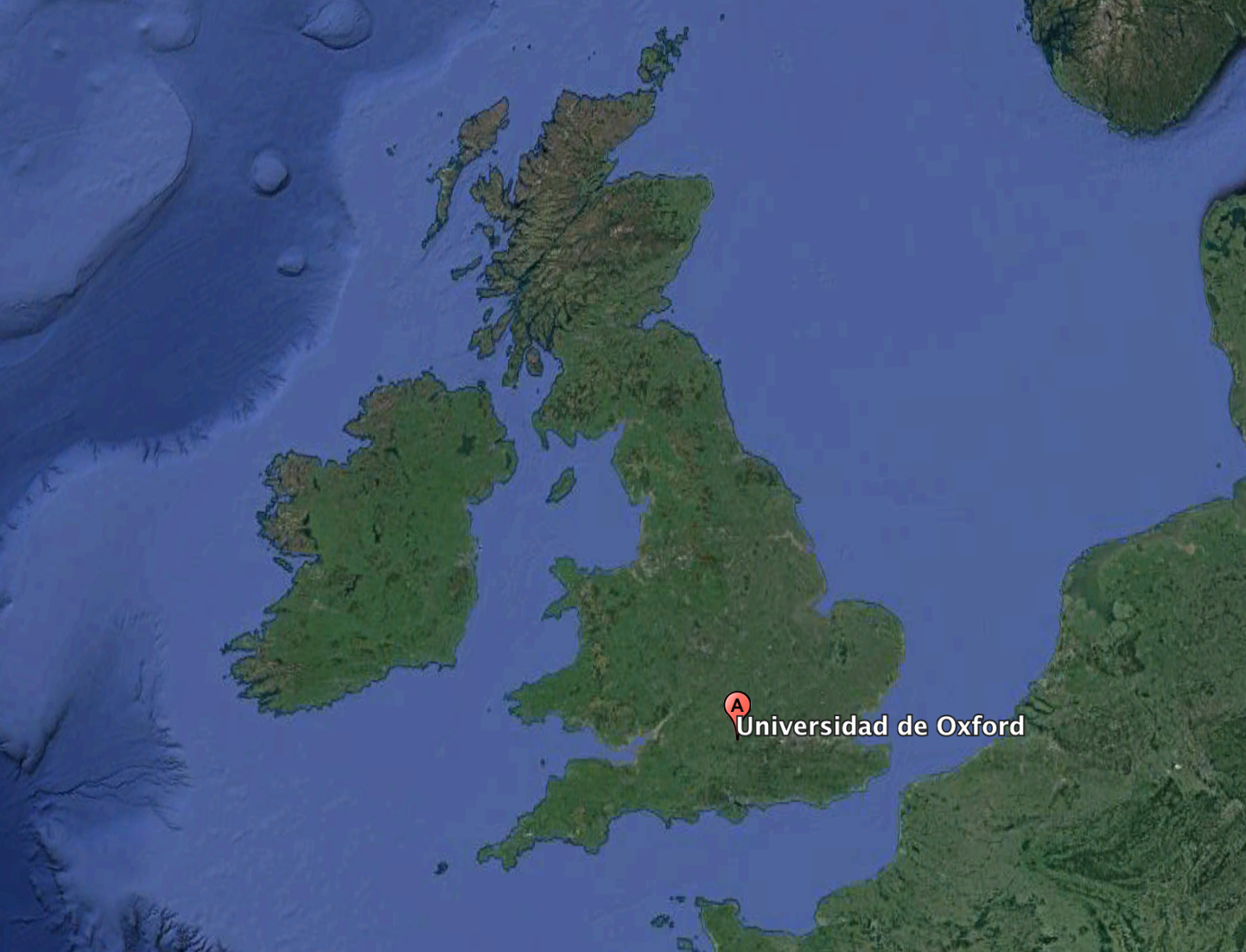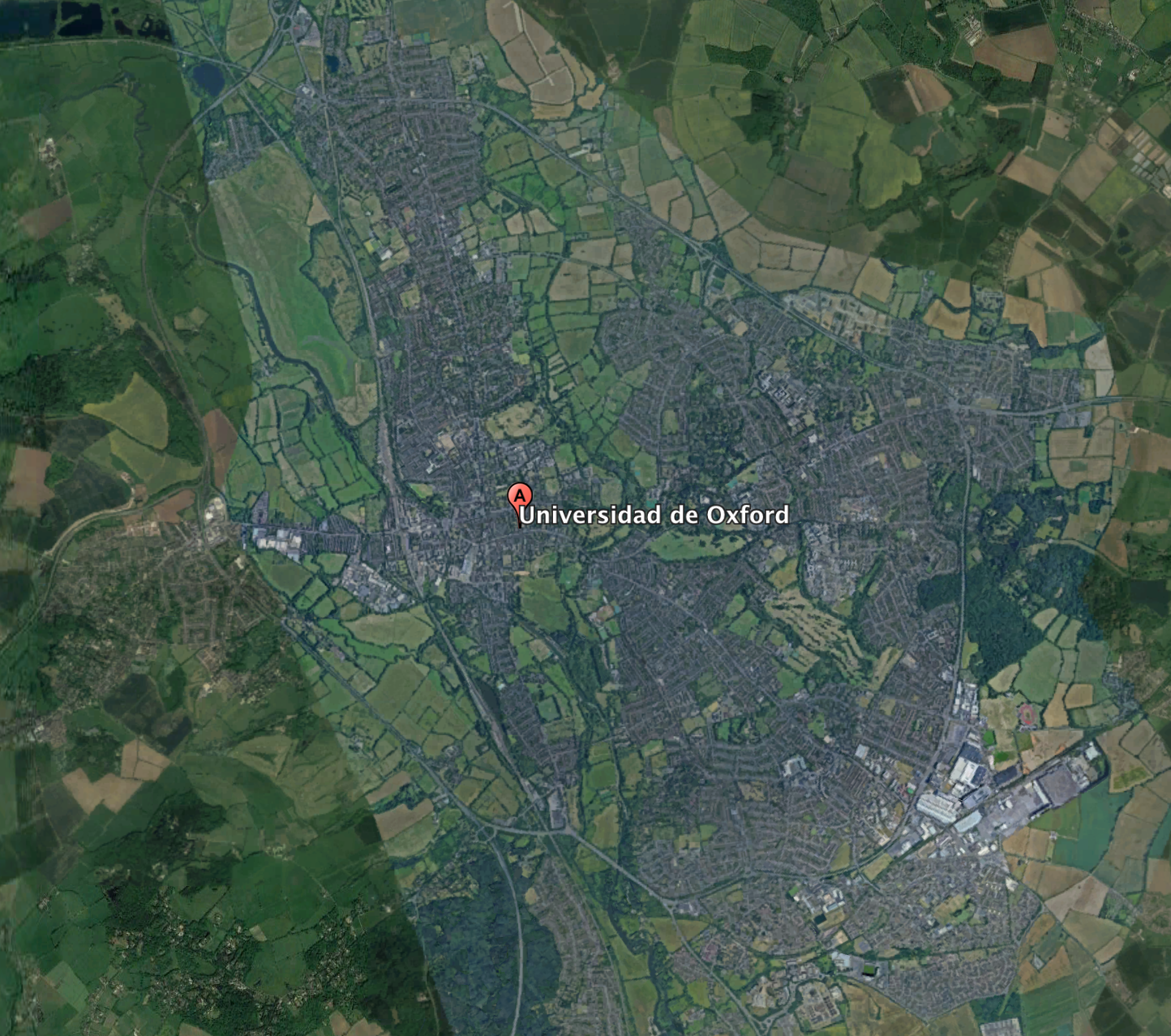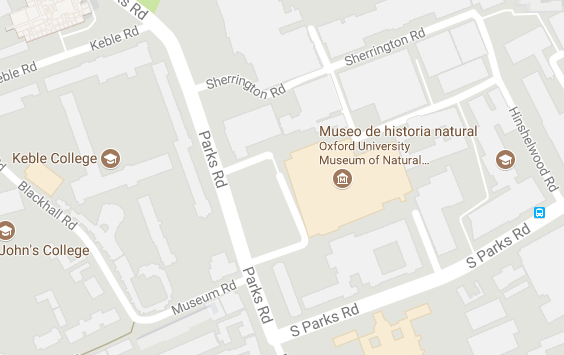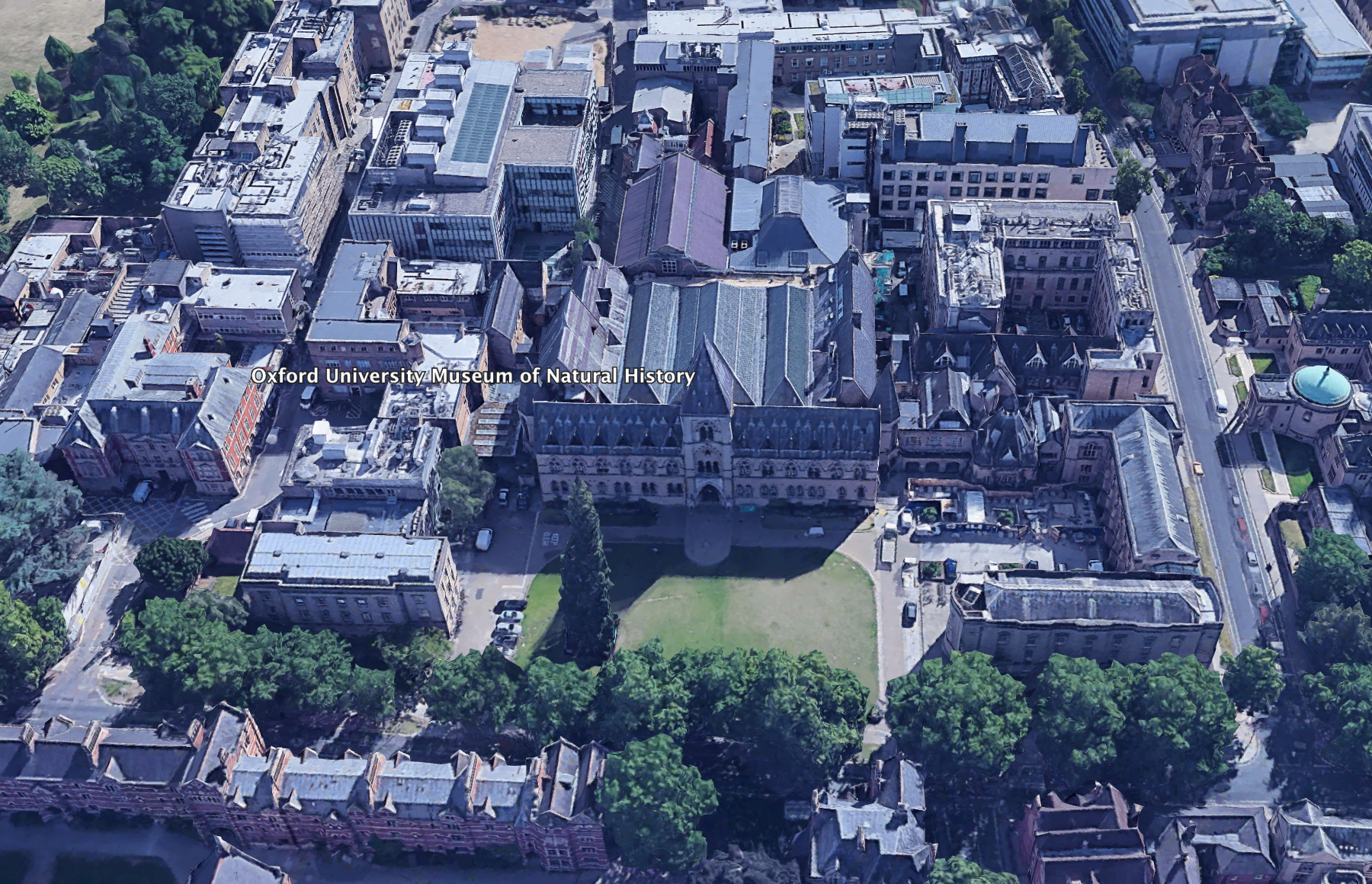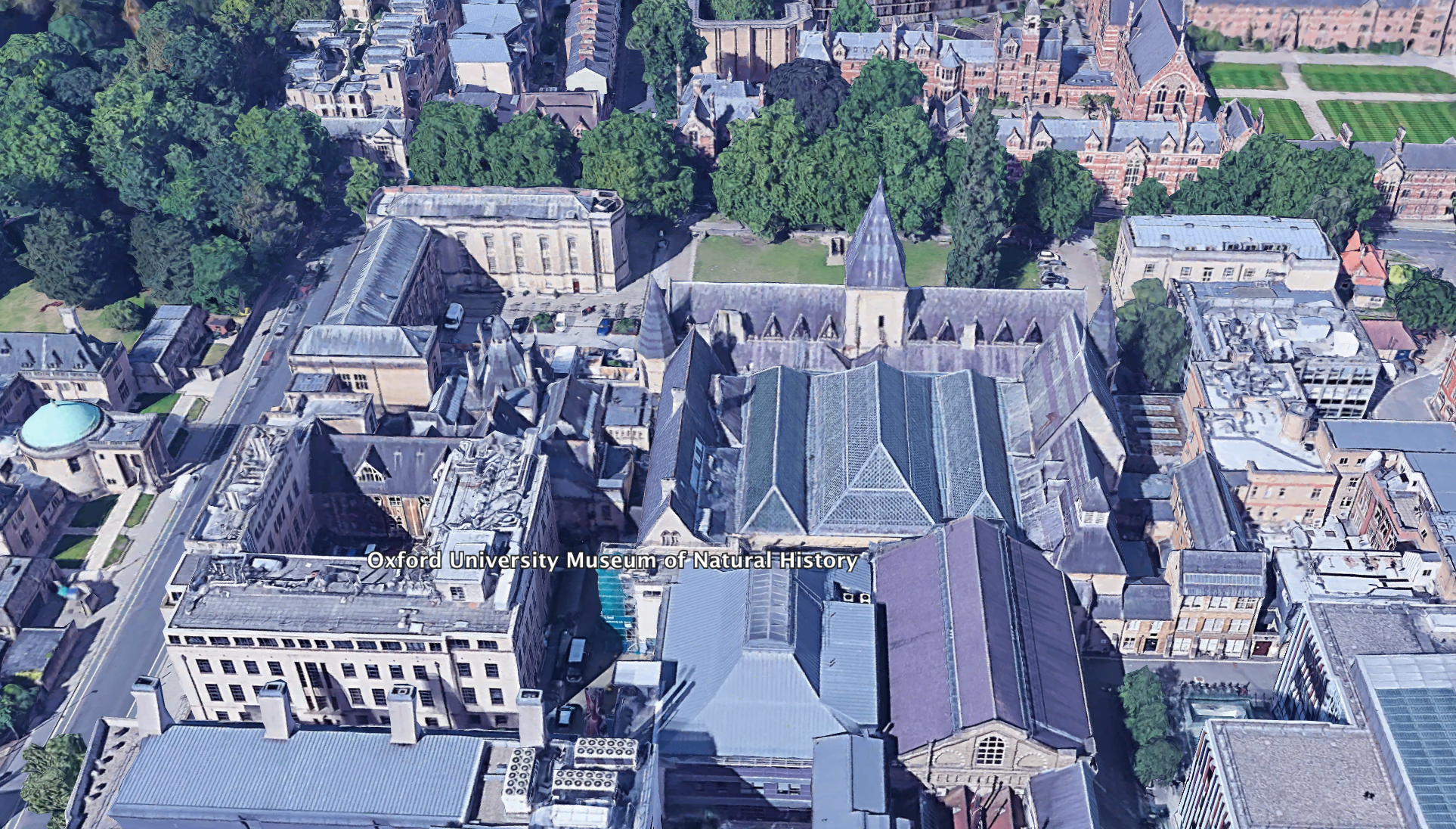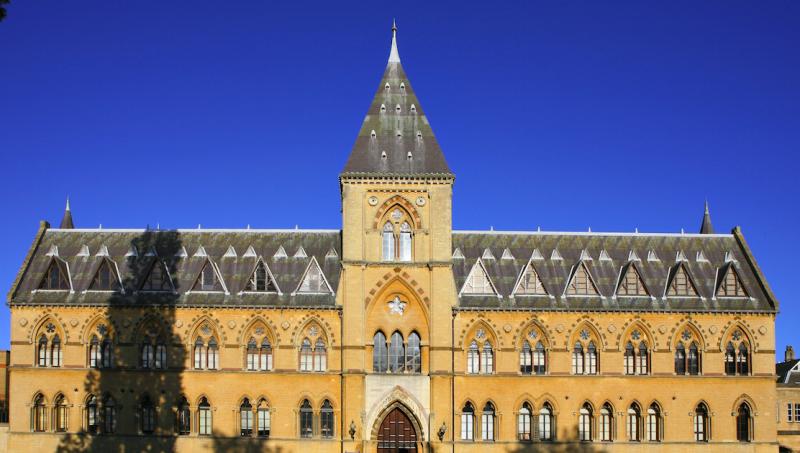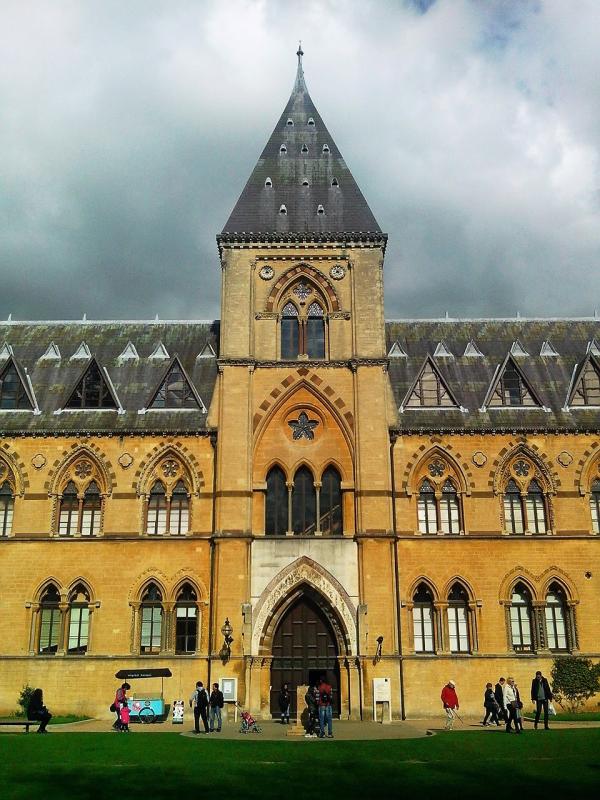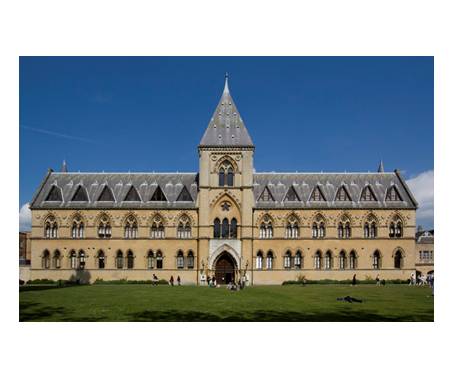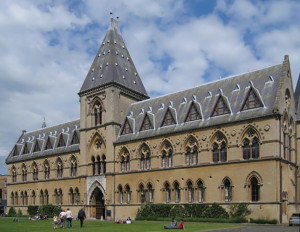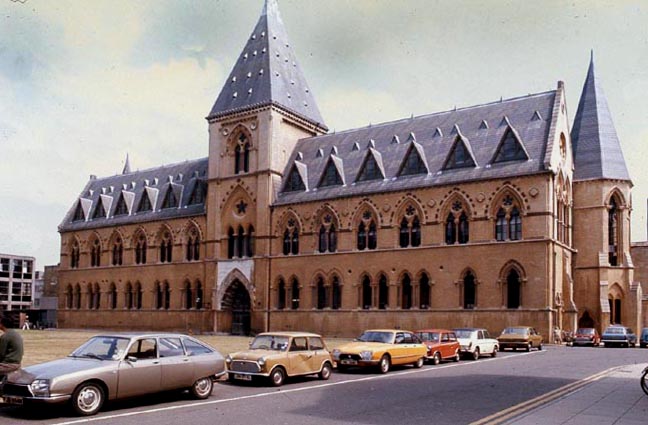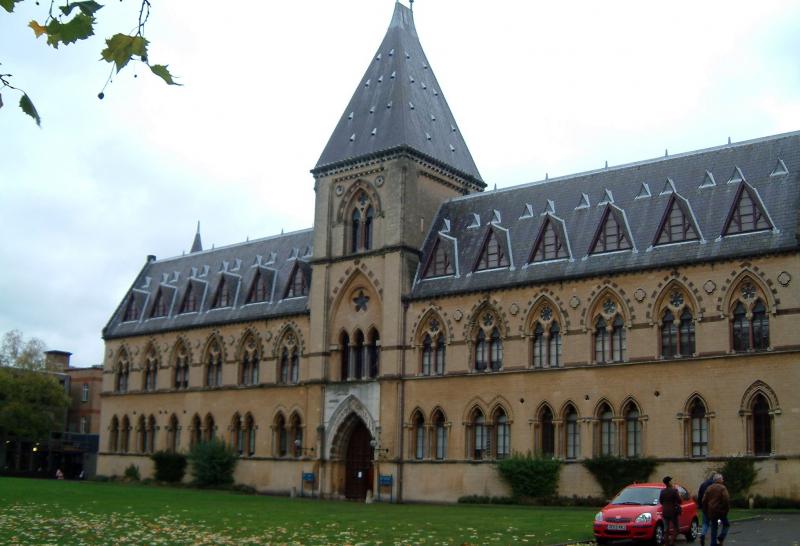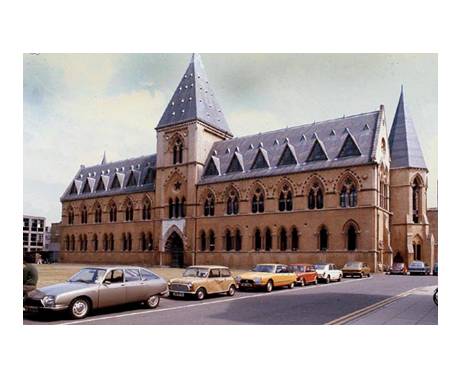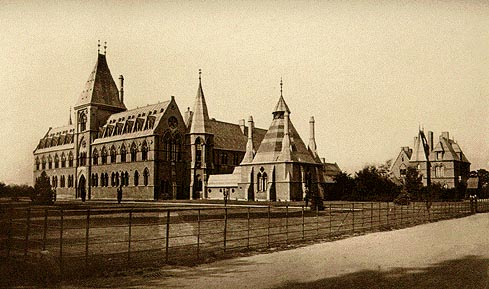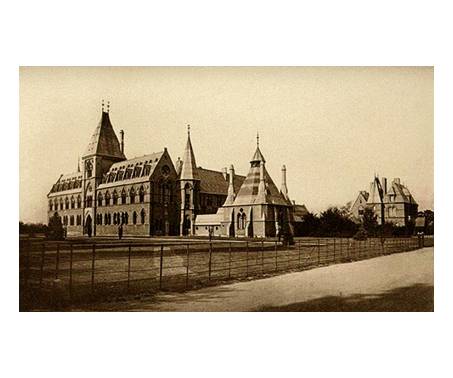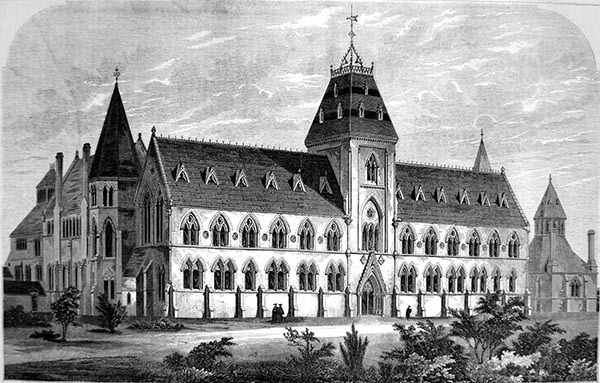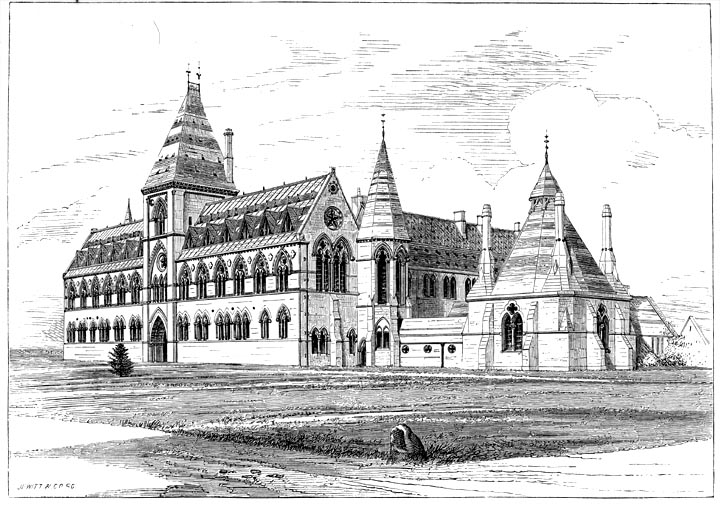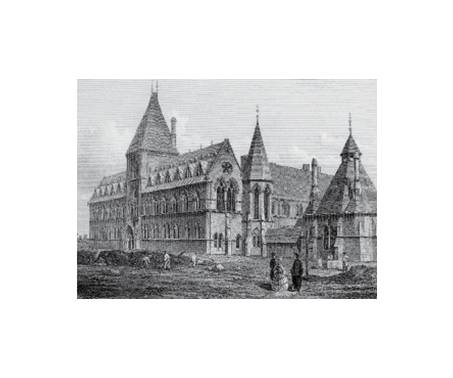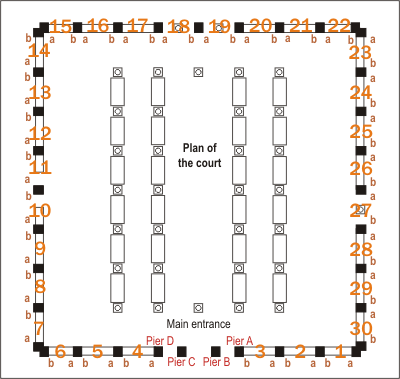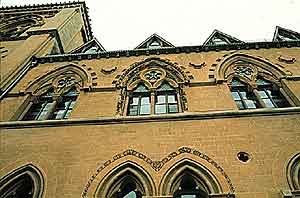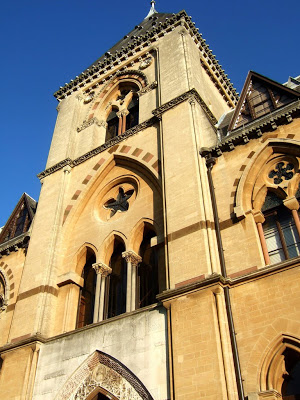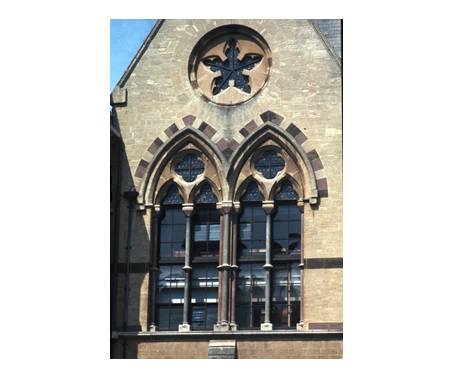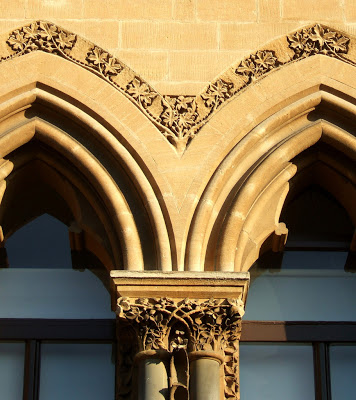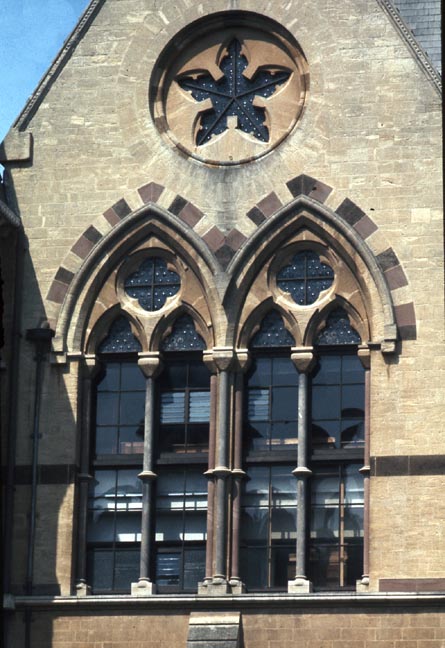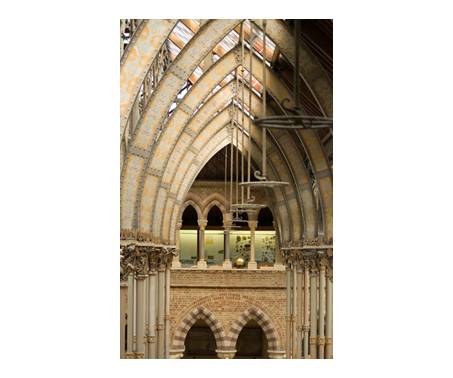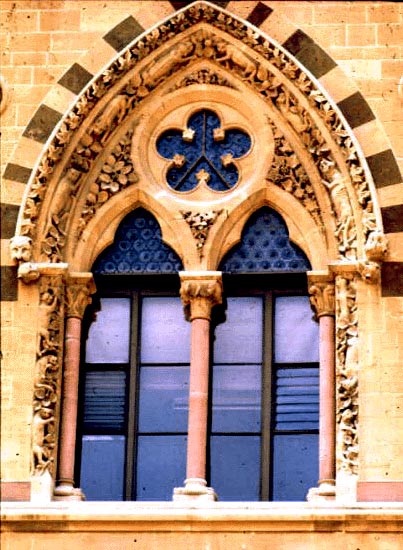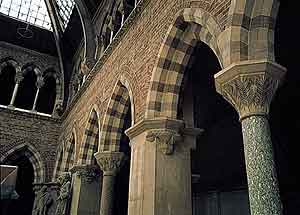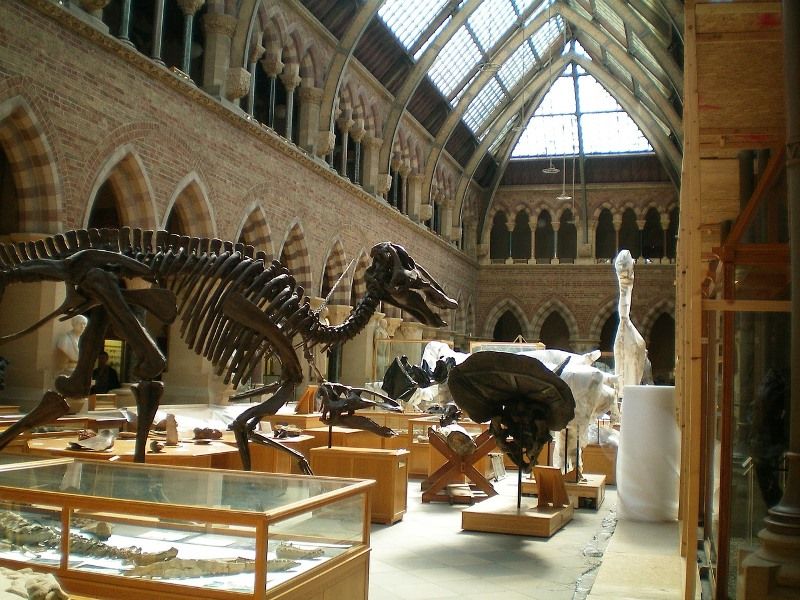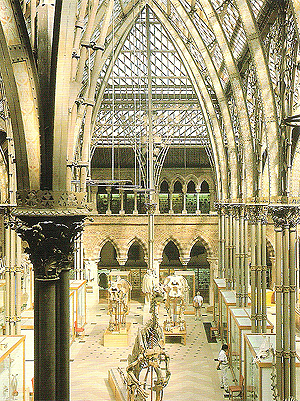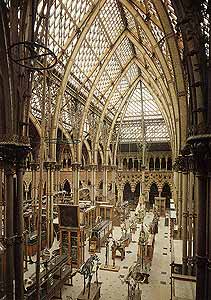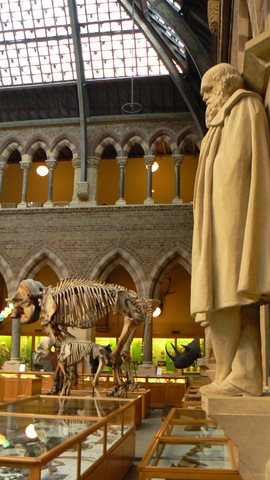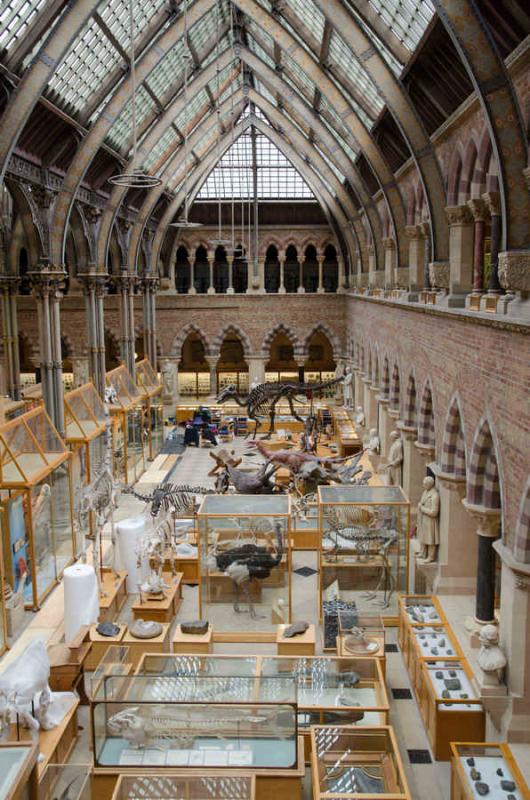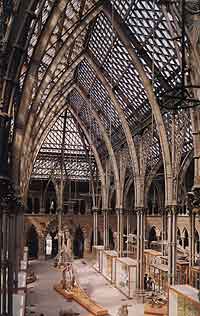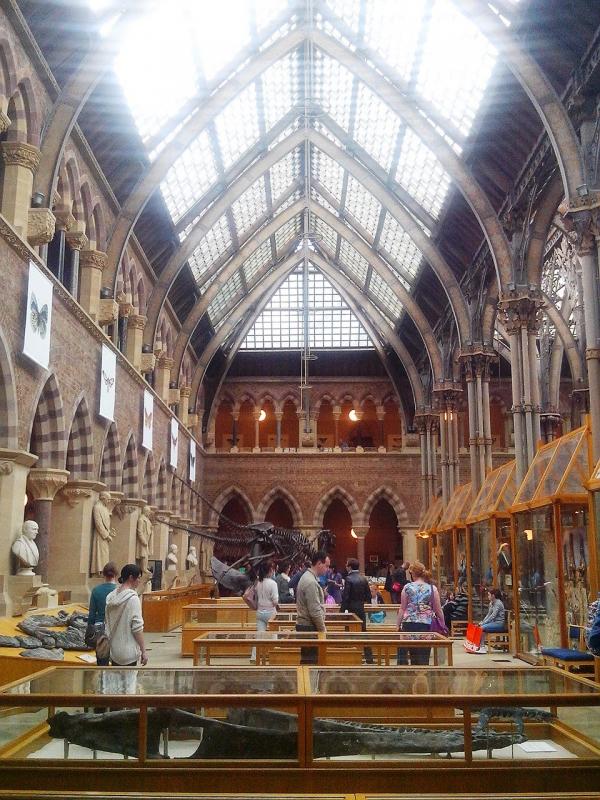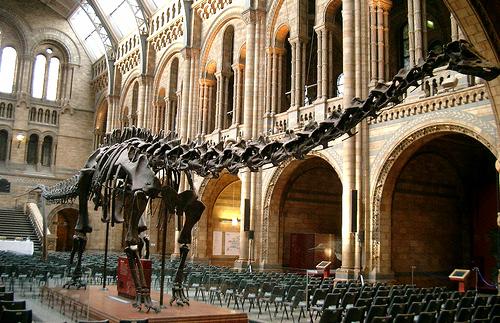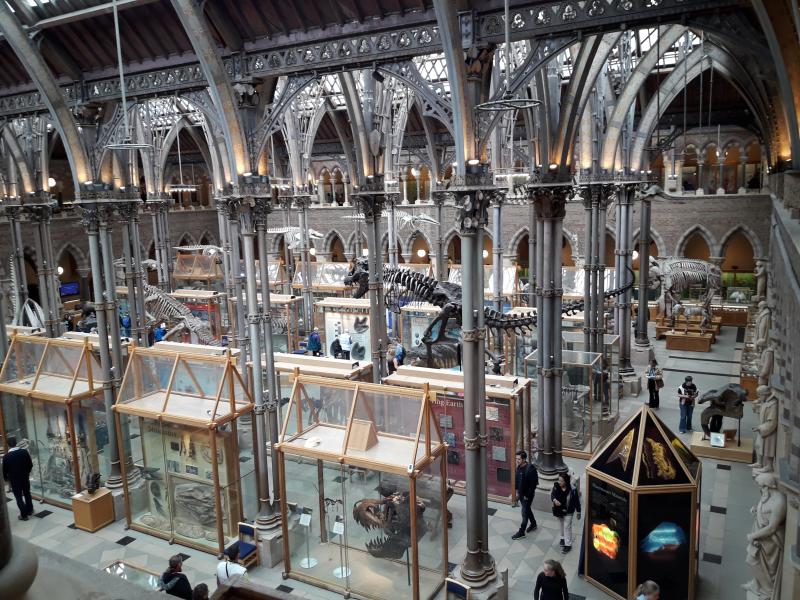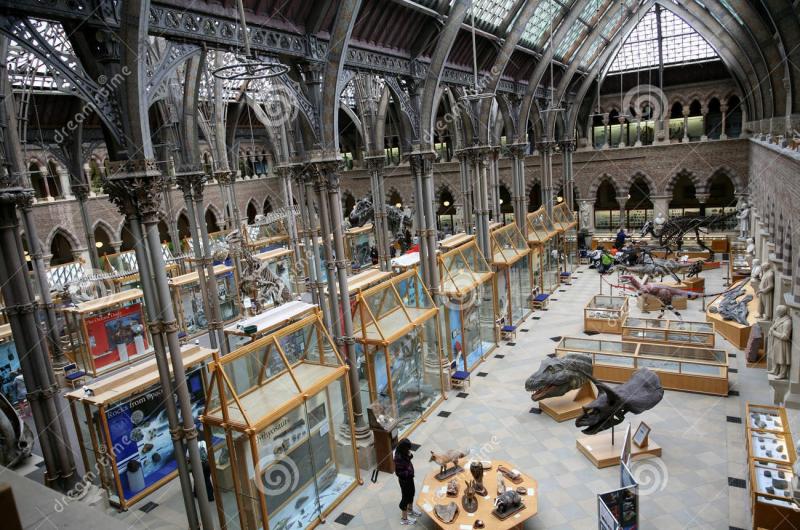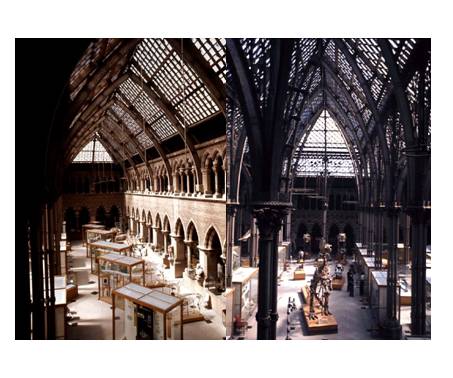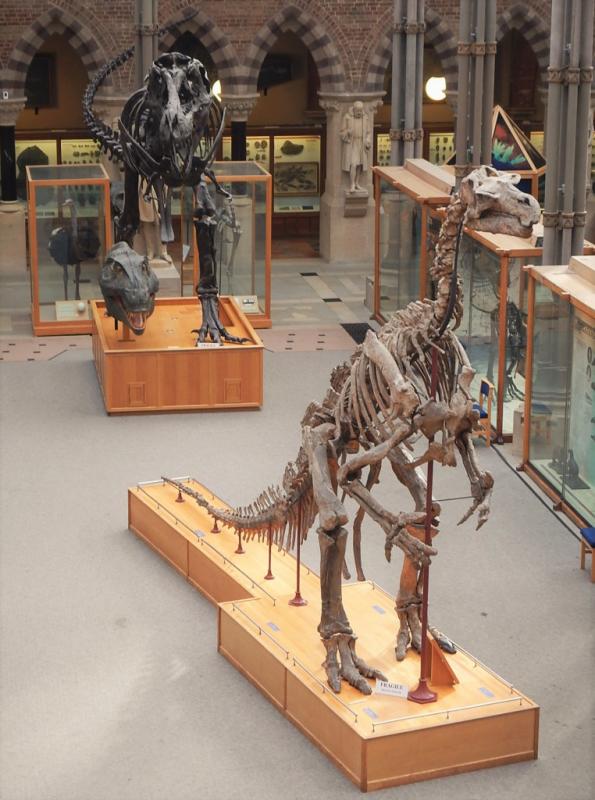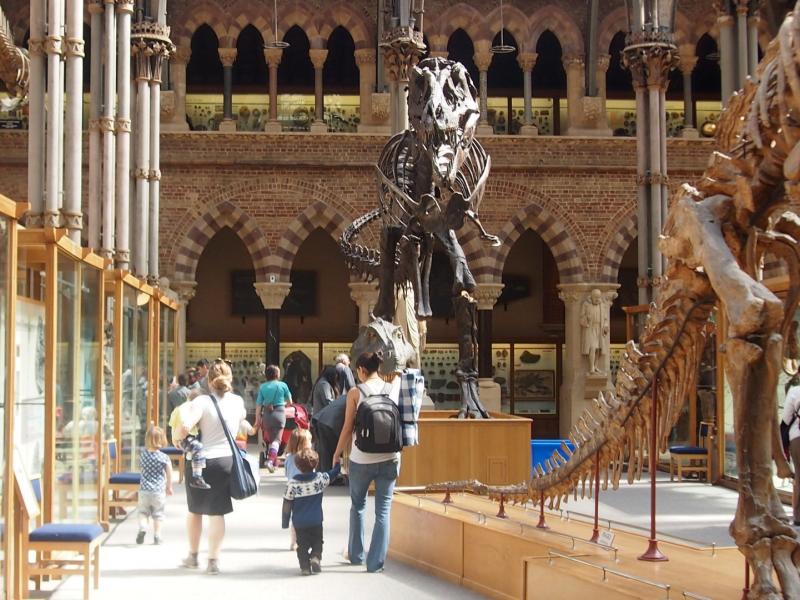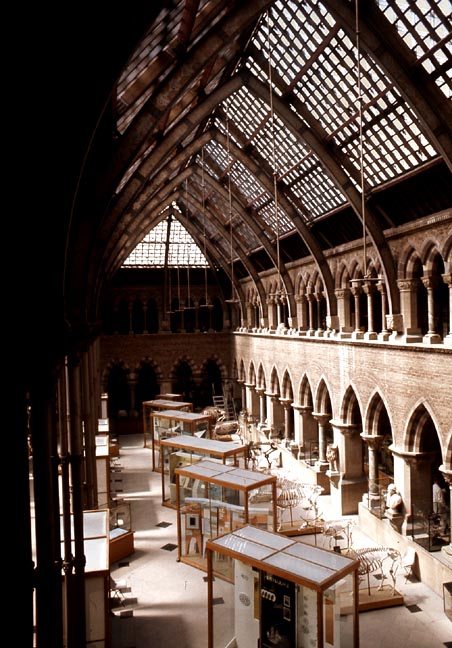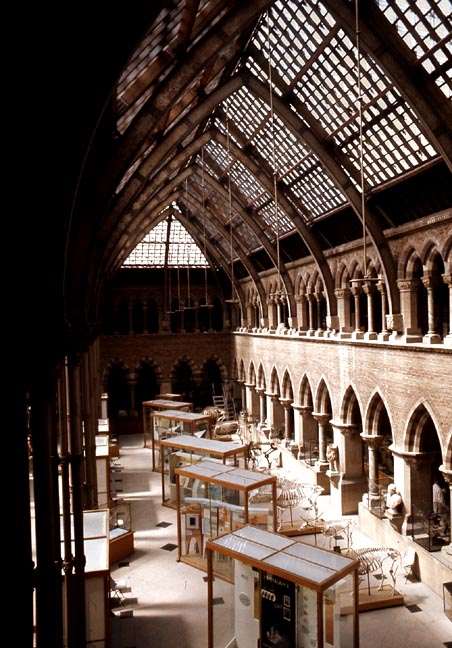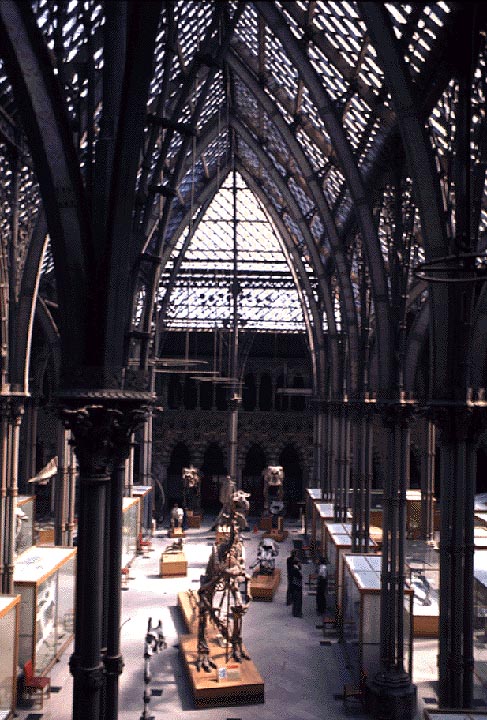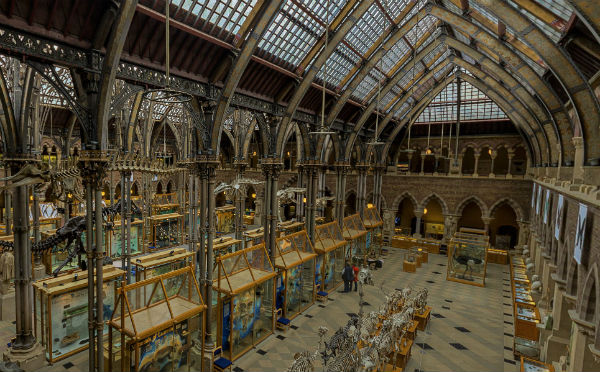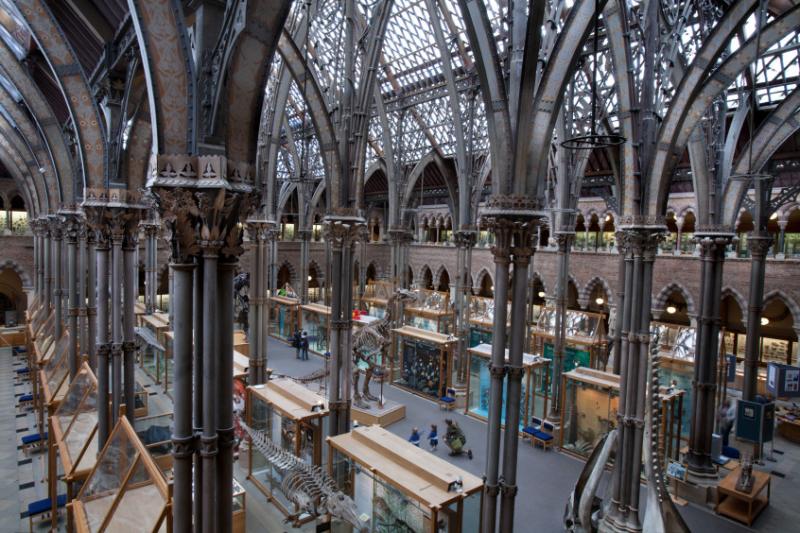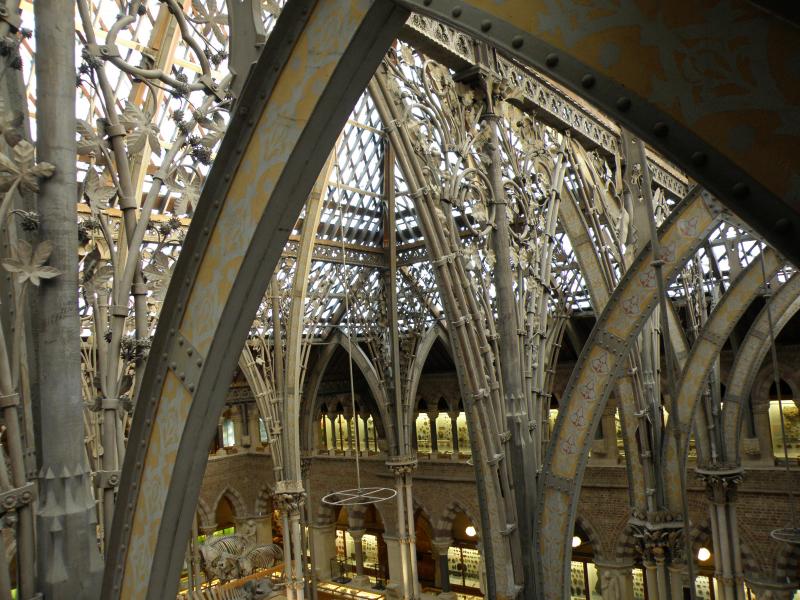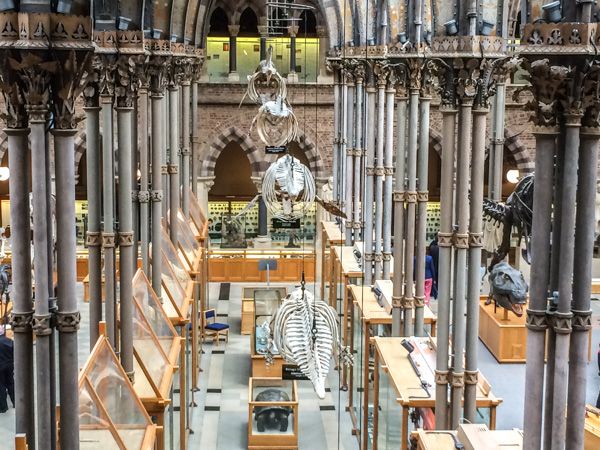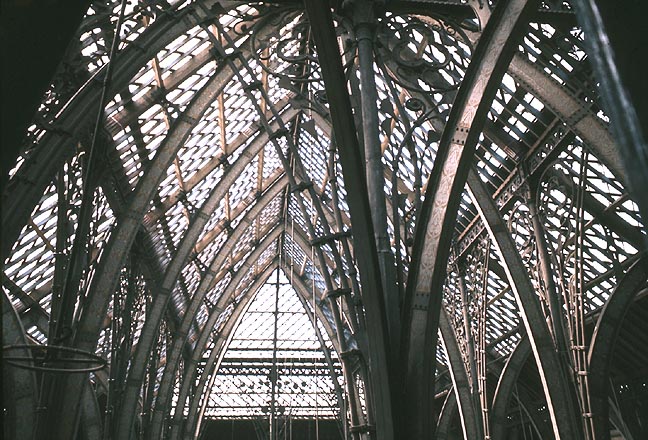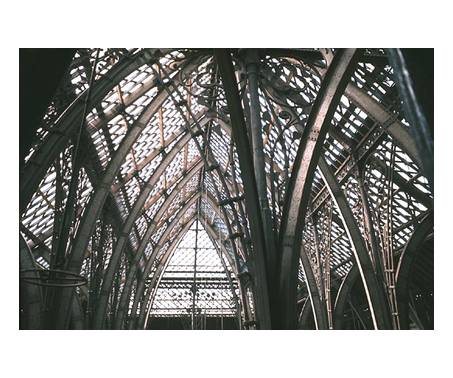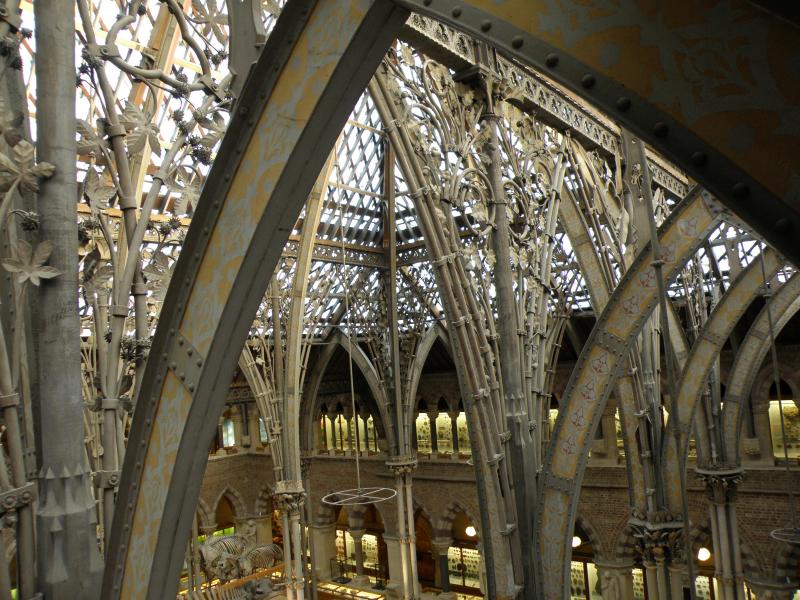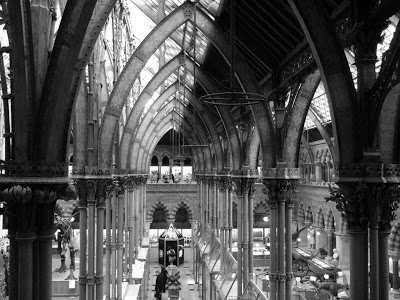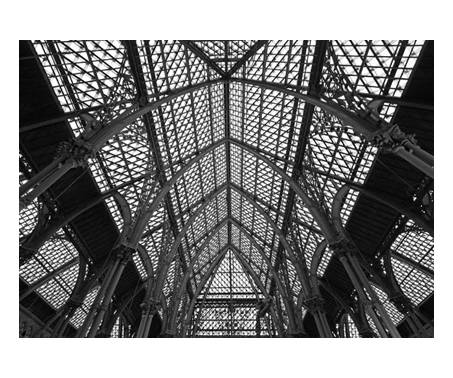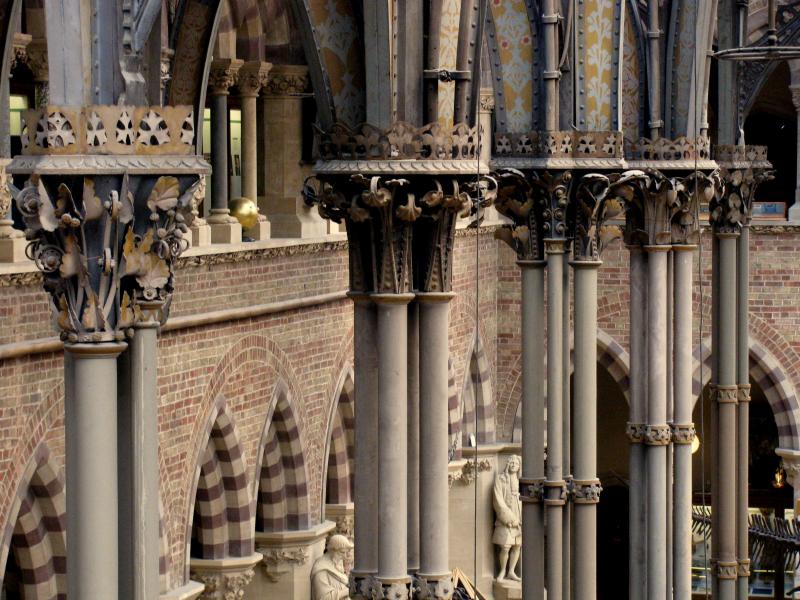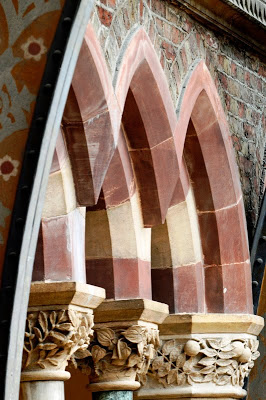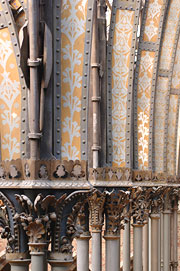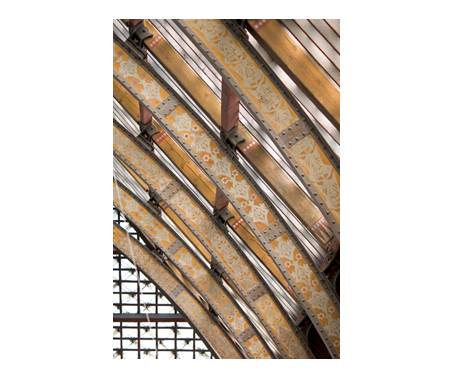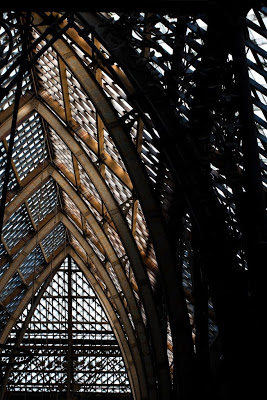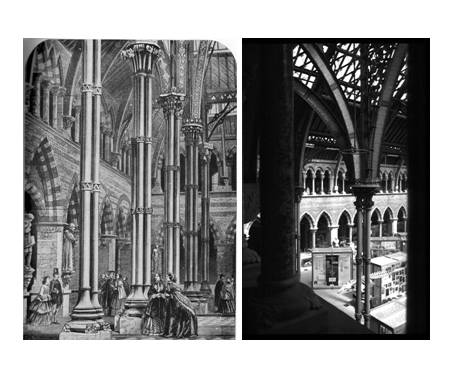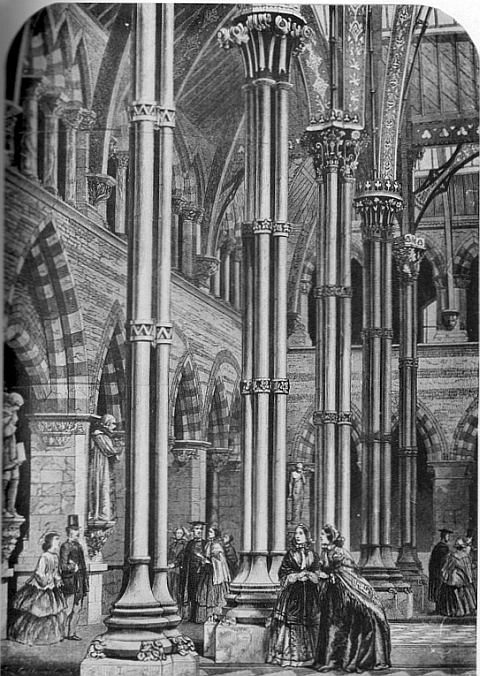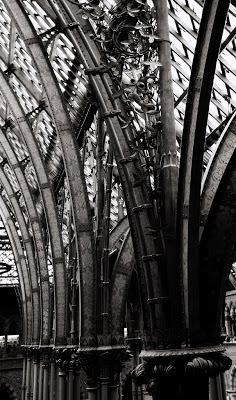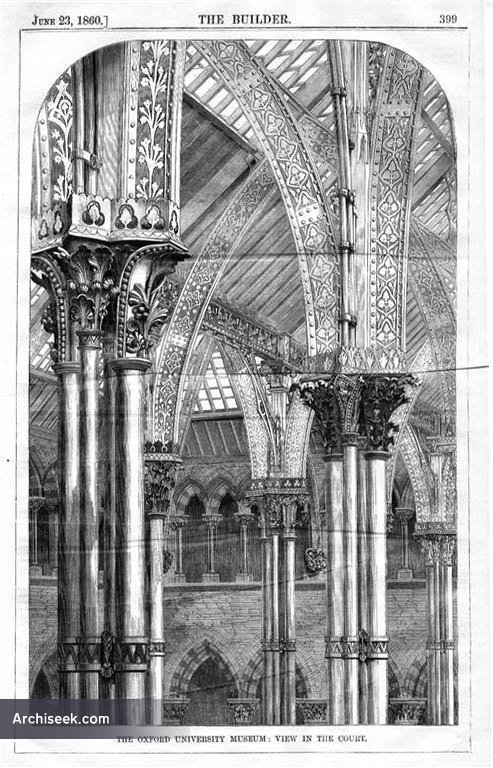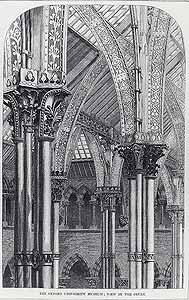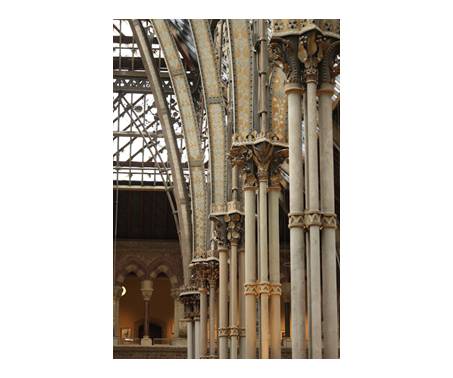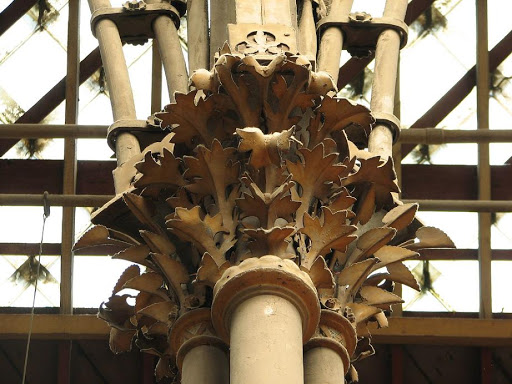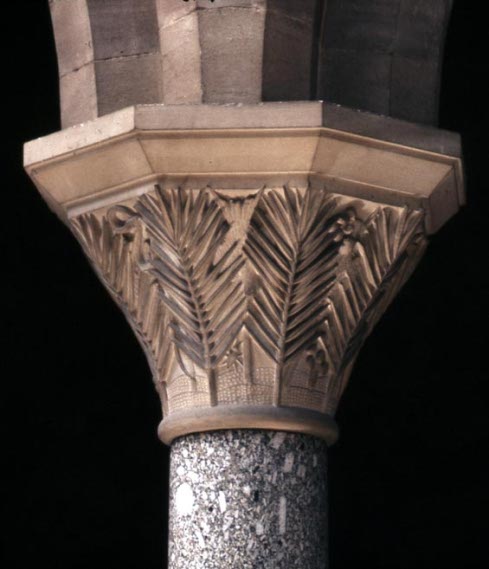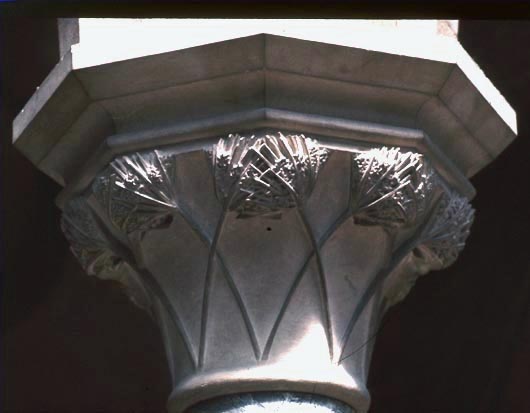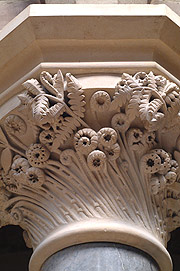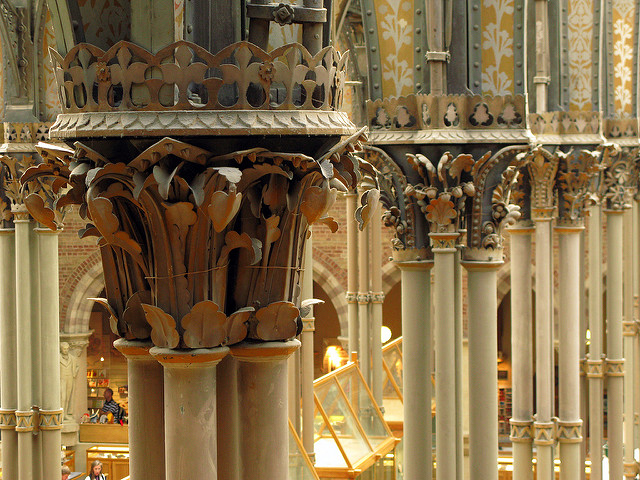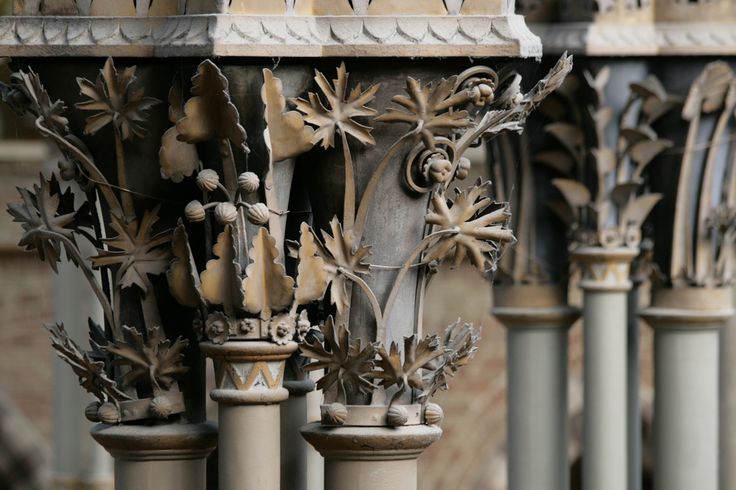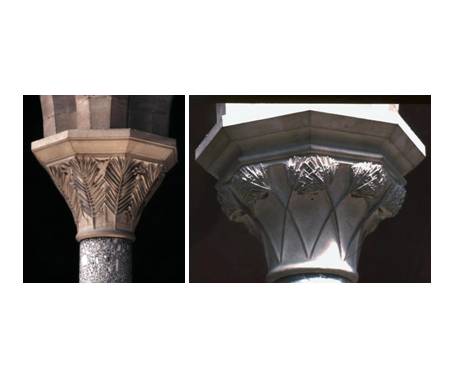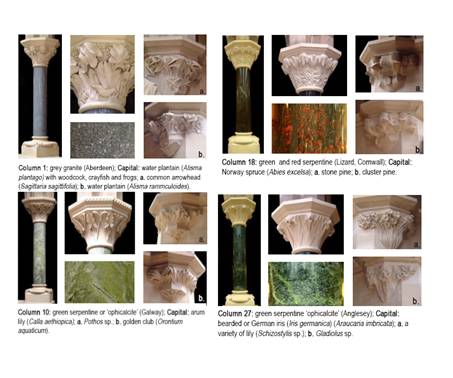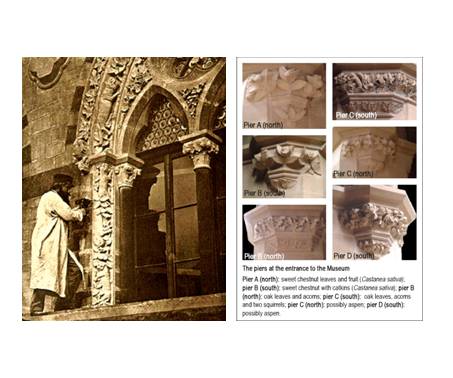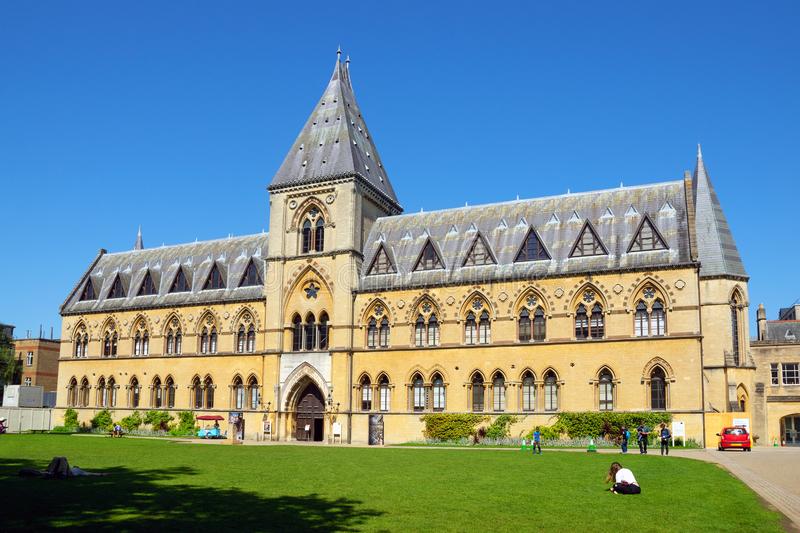
Oxford University Museum of Natural History
Museo de Ciencias Naturales de la Universidad de Oxford- 1855 - 1860
- WOODWARD, Benjamin
- Oxford (Inglaterra)
- Reino Unido
- Blog. Pablo Muñoz Rodríguez. Biólogo de letras."Una catedral neogótica para la ciencia". [11-10-2019]
- Docencia. PWPT. Presentación [11-10-2019]
- Exploring Oxford: The Ashmolean Museum and The Oxford University Museum of Natural History. Oxford university [11-10-2019]
- Imágenes del edificio. Alamy. [11-10-2019]
- Museo de Historia Natural . The Victorian Web. [11-10-2019]
- Oxford museum. The Victorian Web, [11-10-2019]
- Pagina del Museo Oxford [21-12-2013]
- PDF. Publicación. The Oxford Museum and the influences on its architecture [11-10-2019]
- Viaje virtual de la Universidad de Oxford museo de historia natural 2.014
- Web.Oxford University Museum of Natural History. Experience Oxfordshire [11-10-2019]
The Museum of Natural History of the University of Oxford is one of the most emblematic neo-Gothic buildings of the late 19th century that contains, from its structure, its facades and its interiors, a history and a composition incomparable with any other building of this period. The exterior architecture gives rise to an even more spectacular interior, composed of large, high iron arches that culminate in glass windows that flood all the spaces with light. The museum building is an example of Victorian neo-Gothic architecture. His style was strongly influenced by the ideas of John Ruskin (writer, art critic, sociologist, artist and social reformer) who believed that architecture should have something to do with the energies of the natural world pointing to a kind of laws or bases, which Every artist of the moment must obey, and he lists seven: Sacrifice, Truth, Power, Beauty, Life, Memory and Obedience. John Ruskin saw in nature, in flowers and in its leaves, forms that could be brought to architecture, and thus man could establish in the architectural enclosure a sensation of peacefulness, serenity and beauty.
In October 1854 a competition was held to appoint an architect. The winning company was the Dublin-based firm Deane and Woodward, of which Benjamin Woodward was a committed Gothic, deeply influenced by Ruskin's texts. The remarkable building that emerged, standing on Parks Road in Oxford, is eclectic in its parts. The management of forms and the integration of mixed construction techniques (since it was one of the first to have conventional and steel structures in the same element), are one of the characteristic components of this museum. The plan is orthogonal, supported on columns. The front of the building consists mainly of a propped arch, ribbed vault and windows and stained glass, while behind it is a quadrilateral with a glazed roof supported by cast iron columns and with sinuous strokes of wrought iron and spatulas above. Some of the internal columns are made of iron with a neo-Gothic style, the capitals allude to Ruskin's ideas with leaf shapes and elements of nature. The internal arcades rest on colonnades cut from varieties of marble from the British Isles, and the capitals were carved by the sculptors that Woodward had brought from Ireland - brothers John and James O'Shea, from Ballyhooly, and their nephew Edward Whelan. . -Christopher Newall. In contrast to the iron architecture, the stone capitals on the inside and the stone windows on the outside. You can see the way in which architects and stone carvers together produce a kind of Victorian cathedral of knowledge, whose content and iconography come from the natural sciences, an approach brilliantly followed some years later in the interior and exterior of the History Museum Born in London.
Alba ACOSTA
